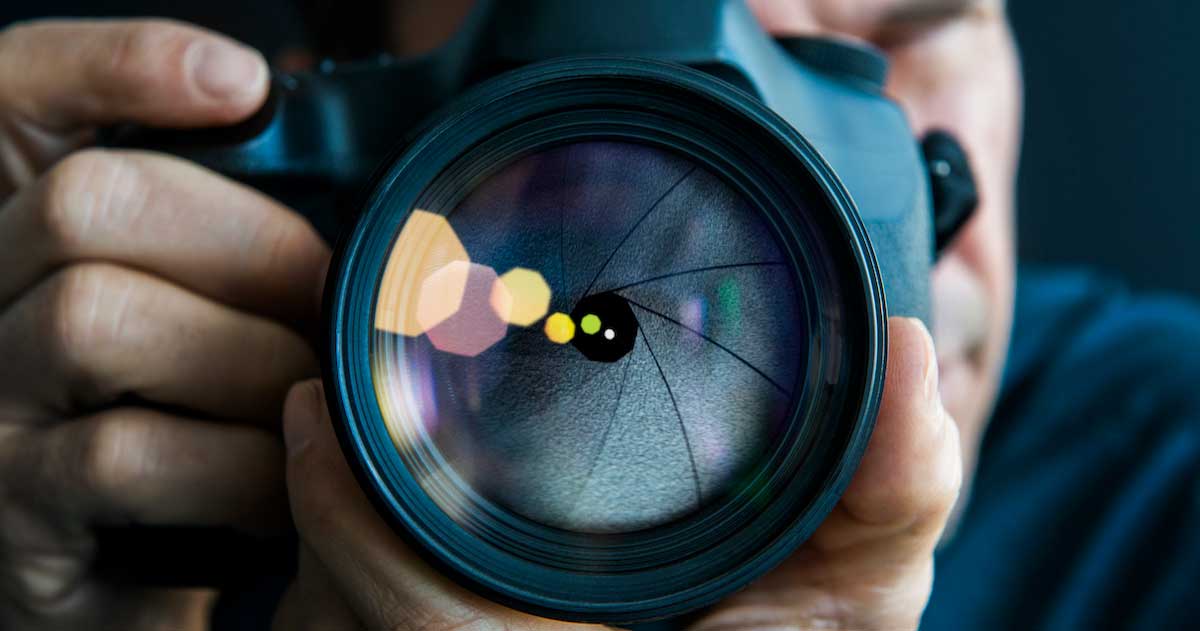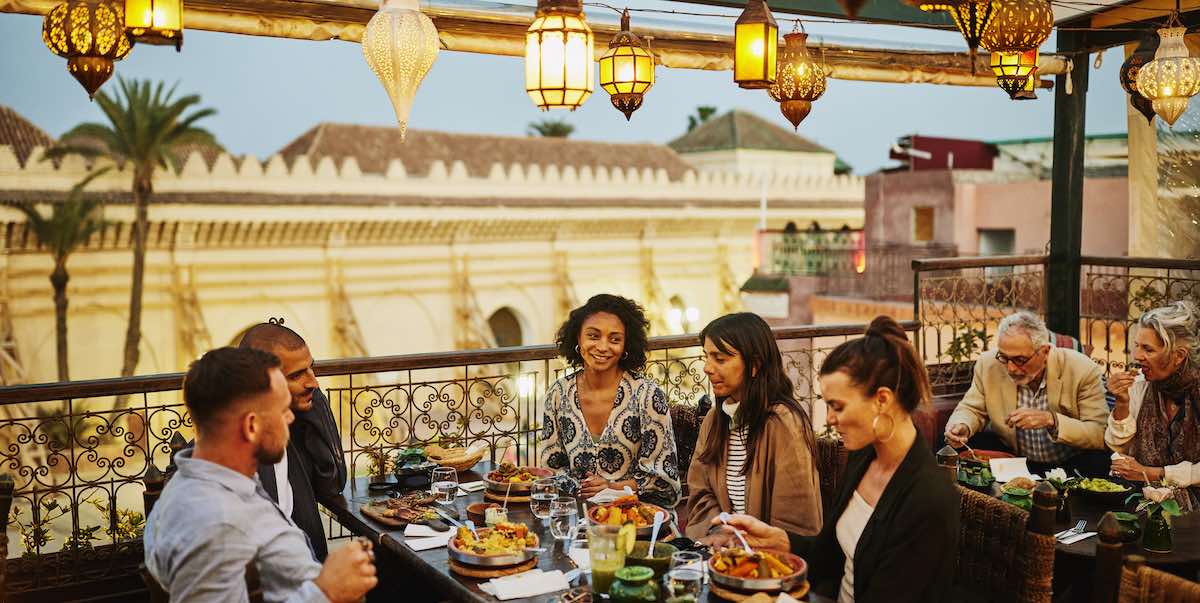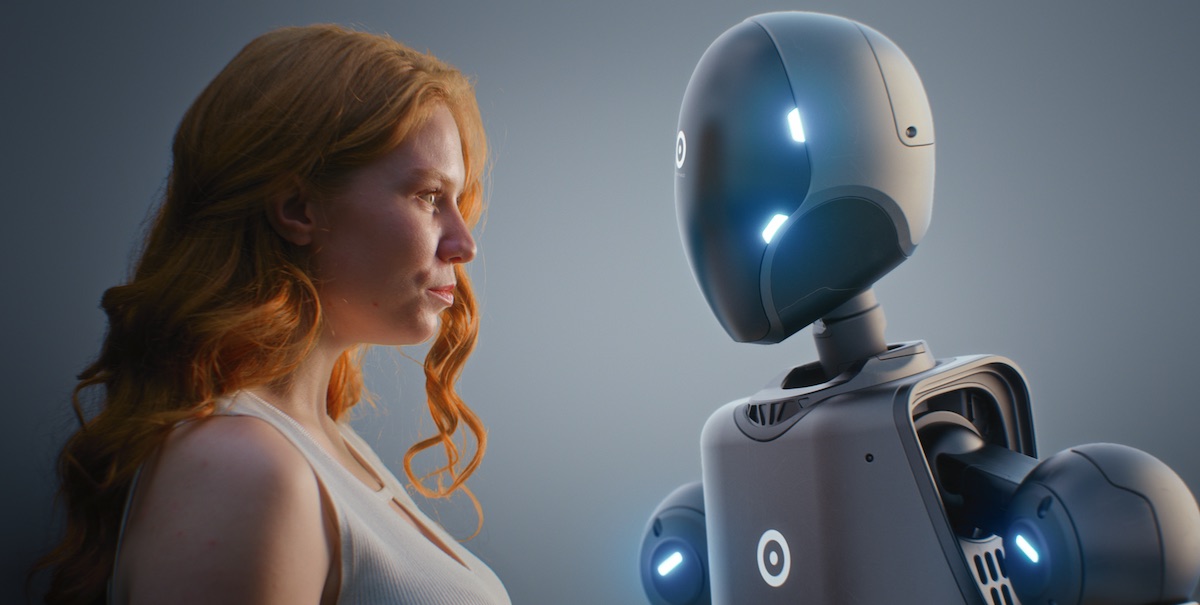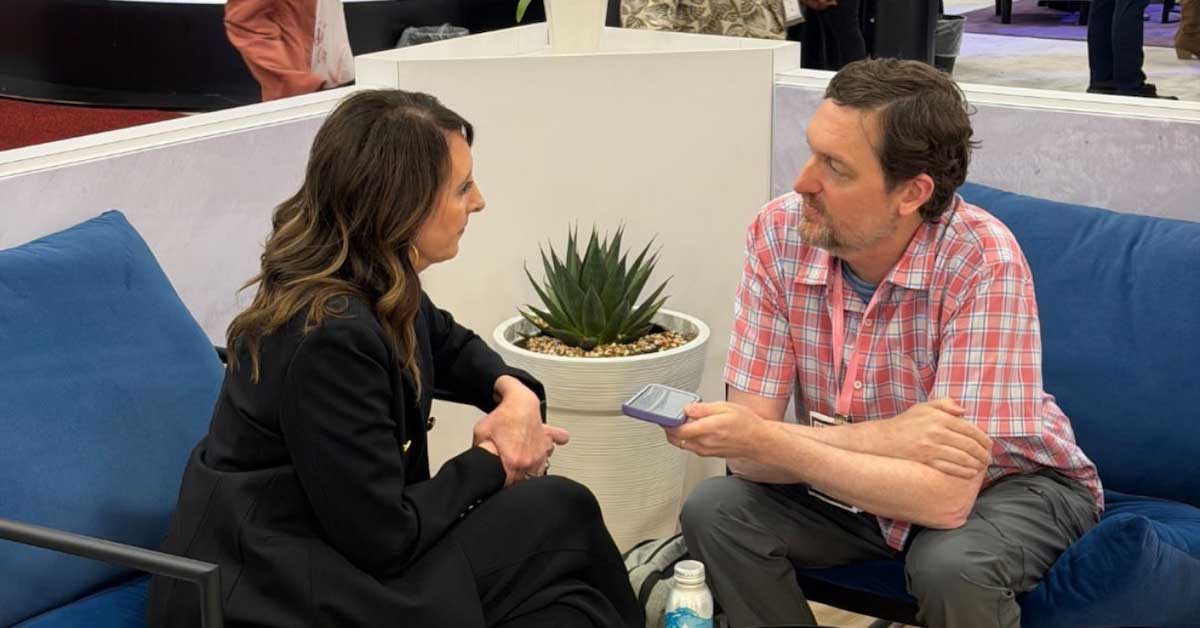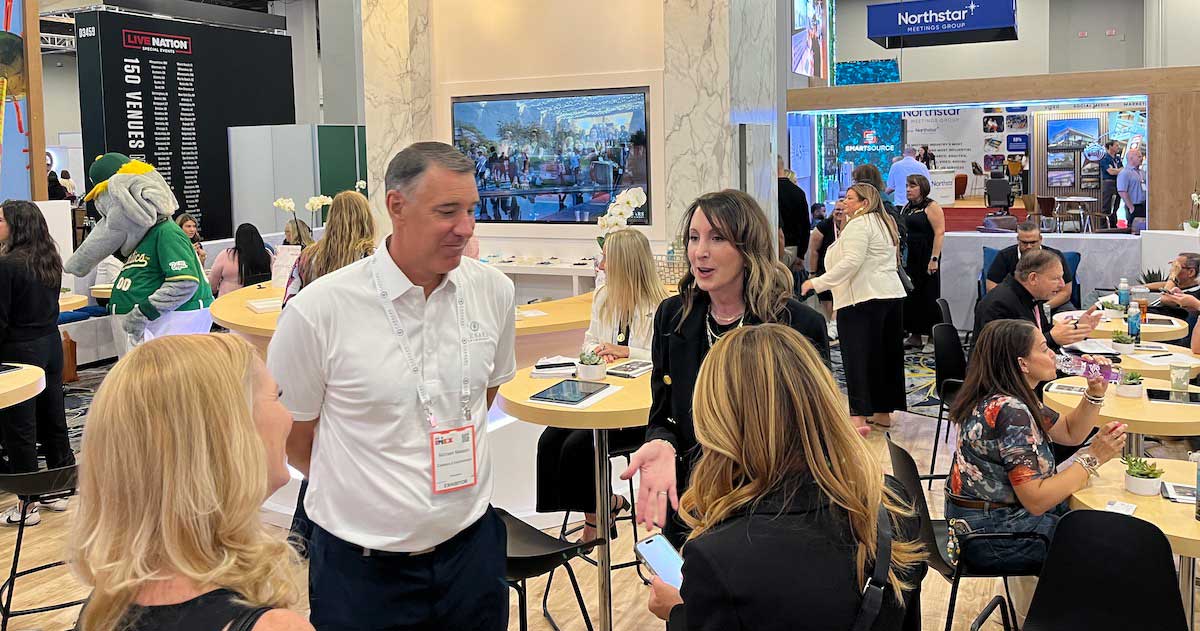The Maritz Trends Report is a value-add for the company’s clients released eight times per year and intended to help those clients and internal account teams better design events and communicate the challenges they’re facing to leadership.
While the rest of the reports are exclusive to clients, once a year, a report open to all is released to coincide with IMEX America. I was able to learn more about the latest report onsite at IMEX America with two Maritz experts: Sarah Kiefer, vice president of brand, and Claire Lester, design studio strategist.
The new report indicates event costs are still going up but the increases are slowing down. Are we entering a period of stability?
Sarah Kiefer: I hope so. What we’ve been seeing is, yes, hotel inflation overall will be 2% to 4% next year. It’s looking like it’s stabilizing to a little more normal rate. But what we are also seeing is that hotels have slowed down that growth rate. They’re starting to see some occupancy challenges and their rates are holding pretty steady in the luxury, upper-upscale markets. They’re starting to see some erosion in their rates in some of the other, more budget-focused properties. Where we’re seeing the increase in costs for next year, and really this year as well, is F&B and AV. While the hotels have stabilized, those are the costs that are starting to increase at a faster clip at this point.
Event registration is down. Where is it heading, in your estimation?
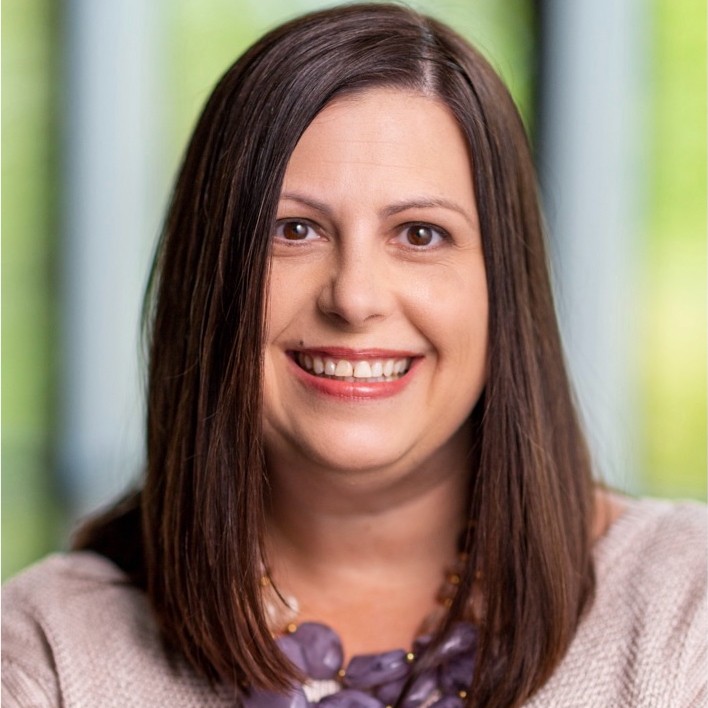
Sarah Kiefer: Registrations are down just a little bit. We’ve seen probably two thirds of our association trade show events with a decrease in attendance, but that’s been relatively minor, 10% or less. Where we’ve seen the biggest impact is with international attendees, and with our exhibitors we’re seeing just a little bit of a decrease as well. Nothing too concerning. But I would caveat that we’re going into the fall, our big season. What we’ve looked at is the first seven or eight months of the year, where there was a lot of uncertainty and we just didn’t know.
The new report emphasizes the importance of fostering community. What are you hearing about the importance of community-building from partners and clients?
Claire Lester: One of the conversations we were having a year ago, and even before, was that people were really worried about this younger generation coming in and how technologically dependent they are. There was concern about that impact on face-to-face events. But what we’re seeing is the opposite. The latest data and what we hear from our attendees is that events are actually this catalyst to bring people together, to create this sense of belonging, where there’s a gap in that right now because of technology. We’re having more conversations with our clients about not only developing opportunities for co-creation onsite where people can learn and build relationships, but also opportunities for what we consider spontaneous networking—where something isn’t planned, but there are opportunities to collide with other people.
Sarah Kiefer: One of the things we’re starting to see is that as AI gets so good at creating videos and images, there is a trust factor that is driving people to face-to-face meetings. They know if I see you in person, I know that’s real, whereas if I see you on a video screen, that may not be real.
Claire Lester: So authenticity-based and purpose-based—that makes sense, right, that they are very skeptical about everything they read and what they hear from companies and that they’re so dependent on getting their information from people they consider colleagues or someone who’s kind of in the same spot as them. That becomes a huge opportunity to show the power of face to face.
Tell us a little more about the concept of “spontaneous networking.”
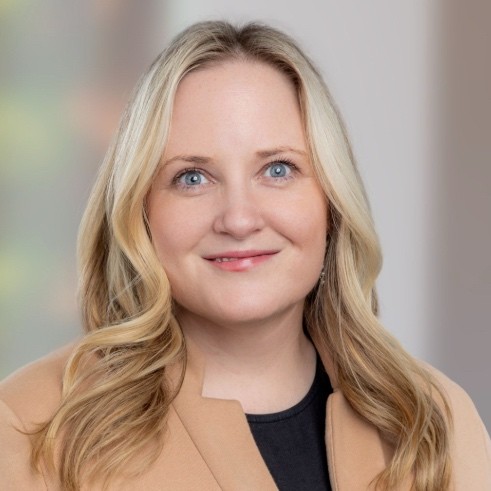
Claire Lester: We also use the term serendipitous networking. It’s this idea of understanding the people that come to your event and how they like to connect and providing space that is structured but not controlled. I'll be honest, that can be terrifying for event planners because it is relinquishing control when you put in these purposeful gaps in your agenda. It can feel really scary, but what we’ve seen (and tested at our own events) is that those are the moments when people really find a lot of value. It’s the people that they’re meeting between the sessions, the conversations that they’re having outside meeting rooms that are adding value to that event. It really goes into something that we believe passionately in the design studio, which is, you have to know your audience, you have to research, you have to use the data. You have to look at their behaviors in order to create the right environments for those moments to happen.
What happens in the Maritz Design Studio and why is the work important for meeting planners?
Claire Lester: We look at current trends to see where things are going. Our goal is to help bring in different knowledge and elements from different industries to help provide a different lens to think about designing event experiences. We’re having a lot of conversations with clients right now about aligning vision. We’ve seen a lot of leadership turnover with some of the companies we work with, and they’re asking us to help them re-envision the purpose of their event—why are they doing it, what are they trying to achieve and what are the right elements to measure to make sure that they’re getting there? Another big driver: the compounding pressure there is on event planners to be experts in every area. It used to be they were just focused on planning, and now they’ve got to be experts in maybe insurance or in different costing. We’re really focused on breaking down human behavior and building tools that help provide them a structure for designing new experiences, brainstorming.
Of course, we have to talk more about AI. What are you hearing about it from partners and clients?
Sarah Kiefer: Everybody’s very worried about AI, but also optimistic and hopeful about it—hopeful that it can make life easier. The most value is bringing it down into the day to day. How can it help me make my life easier on a day-to-day basis? We’re not seeing it transform everything we do as much as how does it help me compare two contracts? How does it help me analyze something? How does it help me create a better itinerary or agenda based on a particular experience I’m trying to craft? It’s those day-to-day, tangible, small things that are saving a lot of time and freeing up our planners’ time in a way that allows them to be more creative and just really craft a more powerful experience.
Claire Lester: It's also helping summarize large amounts of data and create different kinds of models. It can output different models that help you synthesize data really quickly so that you can apply your own insights to it and make faster, quicker, more purposeful decisions. Even at the smallest increment, like having an AI translator on your meetings so that you can be fully present in the conversation versus trying to track what everybody said, is pretty powerful.
Sarah Kiefer: We've been hearing for years that planners are being pulled in so many different directions. They need to be an expert on event tech and on the logistics but then really upping the experience, and then you add in sustainability concerns and all these different things. AI is allowing them to save some time on some of those things so they can actually manage to craft that experience that they want to craft. The events industry is a human industry. We are all about individual connections with individuals. AI is not going to replace that. It's not going to replace the creativity. It’s not going to replace us as an industry. But it can make our lives easier and unlock the ability to do the fun parts of our jobs.
